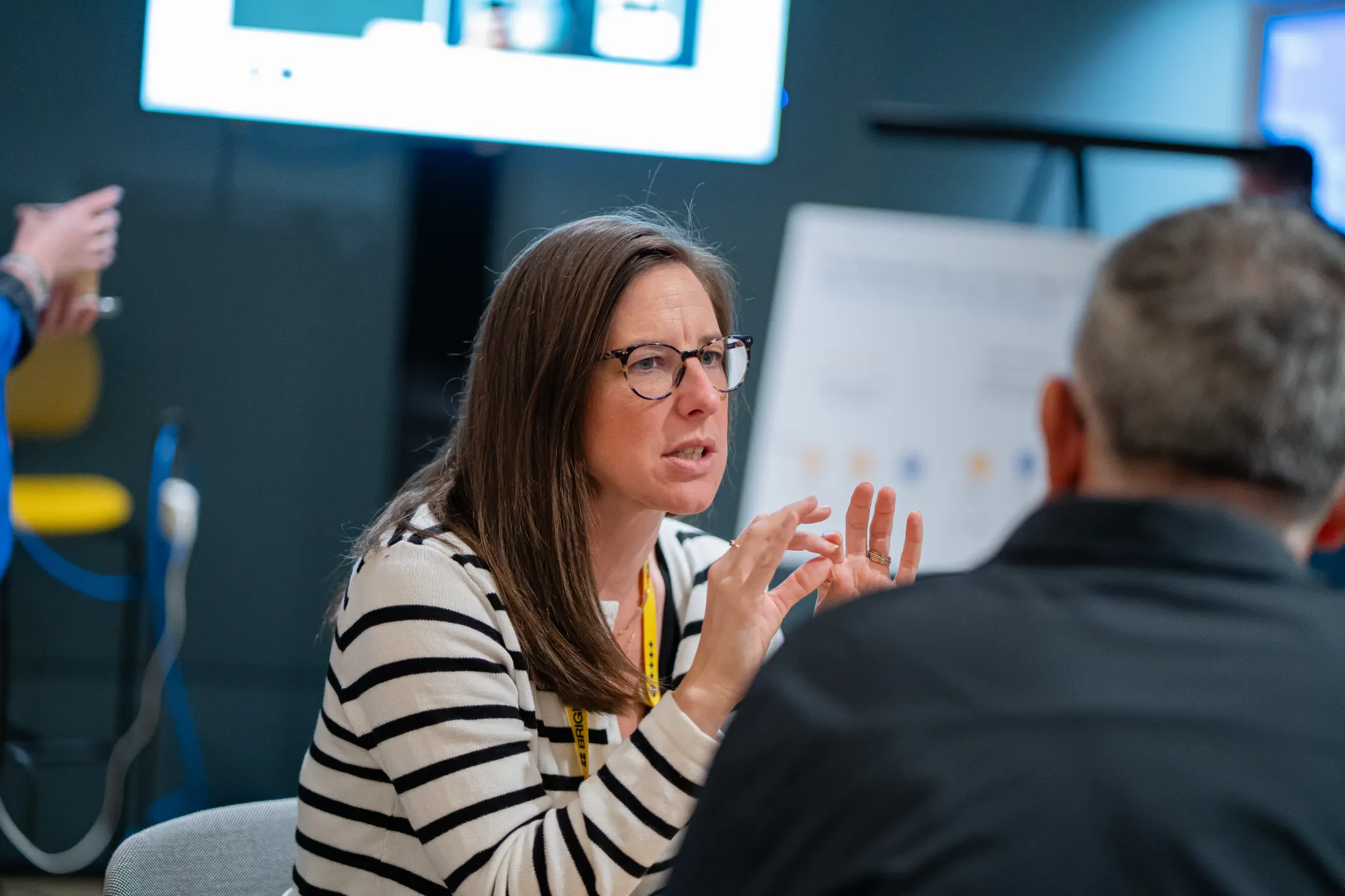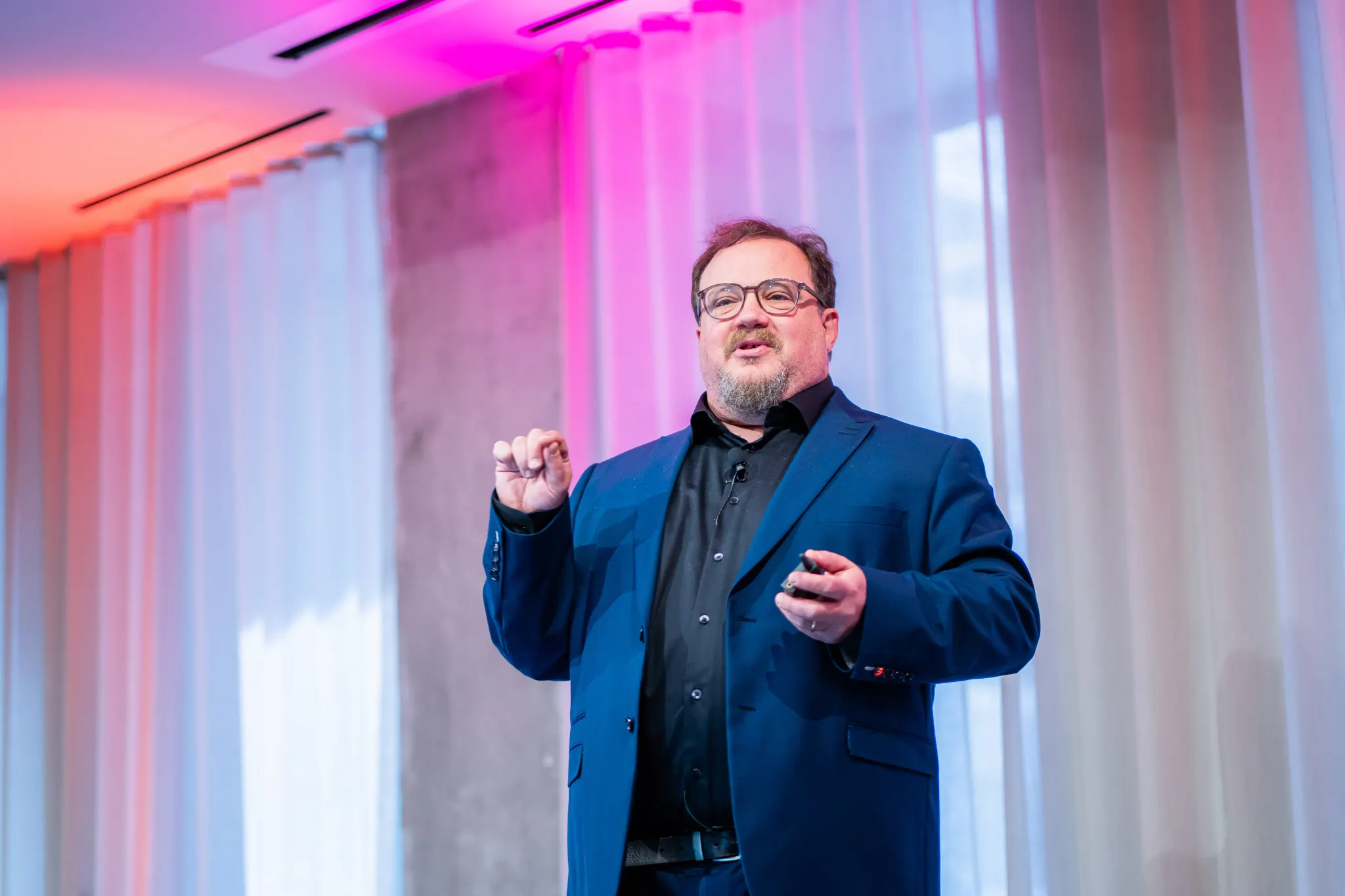Cultivating Connection: How Digital Workplaces Can Nurture Company Culture


Do employees quit a job, quit a boss, or quit for a better opportunity? This question is constantly examined by HR executives and anyone in a leadership role. Whatever the real answer is, being proactive is the solution. This means finding ways to connect with employees that go beyond salary bumps. It is becoming a greater priority to reach everyone, break silos, avoid selective communication, and favor transparency. Here are the methods being implemented today.
Embrace new management styles
One major corporate trend is the transition from a traditional vertical hierarchy toward a more horizontal organization. A flat hierarchy (or horizontal) is an organizational structure where there are fewer levels of middle management between executives and the rest of the staff.
As a result, leaders are closer to their employees in a way they couldn’t be before. A horizontal hierarchy aims to increase employee engagement and speed up decision-making by adding flexibility.
Information is made to be shared. Management should communicate regularly on what is going on within the organization and what role each employee plays. Employees should have the responsibility and authority to do their job.
Management should strive to be visionary, democratic, and participative.

Respect and recognition
More than ever, employees seek respect and recognition.
Forget the old ways of bureaucratic management dealing in threats and intimidation. These outdated practices actually inhibit contribution. Employees want safe workplaces, where they know they can try new things and give honest feedback.
In order to create an open environment, managers need to put people first. Before expecting respect, start by respecting your employees’ opinions and culture. You should also prioritize check-ins with your employees as much as you prioritize client meetings.
Leaders should set time to interact with teams and share regular updates about the company. Consistency is key to truly connect with employees. Organize a set cadence for regular employee touchpoints, which can be weekly team meetings, reports, or one-on-one meetings.
Finally, recognition should become a way of life. Do not hesitate to say thank you verbally or in writing, and to celebrate team successes publicly, as often as possible. You can leverage a digital workplace platform to set up spaces for employee recognition like a “Kudos Corner” or “Love Wall,” or just simply post “Thank You” notes!
Transparency
Transparency is more than just a buzzword.
Companies are increasingly adding transparency to their corporate values, with good reason. As hierarchies tend toward more horizontal models, it follows that communication and information need to flow more readily inside the organization.
In all their communications, leaders and managers must foster trust and openness. Communicating clearly and transparently is key to ensuring your team feels secure - this is especially true for remote workers. Leaders should embrace digital transformation as a way to make this a reality. A new digital workplace can give all employees easy access to previously unavailable information and news.
Open up dialogue
The best way to construct a safe environment is to make yourself approachable.
Ultimately, employees want to connect with upper management on a personal level. They want to see vulnerability and confidence, all while embodying the company’s vision. Successfully combining these traits will foster trust.
Implement a real two-way conversation with employees by asking open questions and calling for feedback and suggestions. Leverage a platform to introduce survey tools, open feedback collection, and relevant integrations. An environment with regular dialogue brings many positive returns:
- Generating new ideas, internal innovation.
- Suggestions for organizational improvements.
- More support on projects due to employee buy-in.
- A shared motivation to act and values.
- Increased constructive feedback for better productivity and collaboration.
- Satisfying the need for internal information and transparency.
Connecting the workforce
Most of the workforce spends more time at work than at home, it is important to help people feel comfortable and socially connected to their colleagues.
Happy employees, who feel connected with their peers, are engaged and more productive. They often have longer tenures and share their knowledge with others.
Happiness stems from good social connections with people around you. Employees need to be in a favorable social environment in order to create communities, develop social bonds, and ultimately be more productive.
One factor for employee happiness and engagement is working in a team.
Workers who say they are on a team are 2.3 times more likely to be Fully Engaged than those who are not. And in many countries, the disparity between non-team and team workers is even greater. (ADP Research, 2020)
The specific role of HR
The HR team represents and relays corporate culture more directly to employees. In addition to administrative tasks, the mission of HR professionals includes:
- Organizing company events, internally or externally, to increase overall employee cohesion and wellbeing.
- Socializing and encouraging the company values and vision
- Paying attention to individual needs and professional growth
- Onboarding new employees
- Making sure that internal communication is clear and transparent, allowing employees to discuss their function and status with the company.
- Minimizing the impact of big company changes, which can be a source of employee anxiety.
An internal communication platform facilitates the HR team’s job, acting as a repository for all HR documentation and resources, making it readily available for employees so they are supported. Using the platform, the HR team can launch campaigns, improve onboarding, manage events, host HR communities and pages.
Organize team building
The goal of team building is team cohesion, which increases productivity. In-person events are ideal, but if you can’t unite everyone in the same place for health or financial reasons, virtual get-togethers are the next best thing.
Here are three main types of team building:
- Physical activity. Encourages solidarity between teammates.
- Artistic. Highlights hidden talents and reduces stress.
- Contest. Encourages healthy competition based on common goals.
Don’t let external constraints hold you back. Be creative with your digital tools to organize fun activities to engage your employees. A few examples are:
- Organizing random calls between coworkers
- Virtual coffee breaks
- A best-photo contest
- A contest for most registrations to an event
- A call for new name suggestions, etc
The possibilities are endless, and don’t forget to offer prizes to the winners!
Benefits of team building
According to Dr. Meredith Belbin, members of a team follow roles to which they are naturally suited. With team building, everyone can develop their own skills to focus on, and discover what they are good at. Additional benefits include:
- Provides high-impact learning through new ways of learning processes and procedures.
- Identifies a team’s strengths and weaknesses and develops team roles.
- Fosters the ability to solve problems and creates a feeling of team accomplishment. Employees learn new ways of working together as a group.
- Includes remote workers and other individuals who do not always work within a team for more group unity.
- Boosts employee morale and creativity. Retains the best people by giving everyone a greater sense of involvement and belonging.
- Consolidates relationships, breaks down barriers between individuals.
- Improves productivity and communication in general.
Addressing generational divides
Another challenge that organizations face is how to increase communication between senior employees and millennials while getting everyone on the same page with digital tools.
Some employees have more difficulty accepting change or understanding it. An efficient and social solution is to pair the less technologically savvy employees with tech-savvy team members who can support them.
At the same time, younger employees should get support from older employees when it comes to career growth and skill development. Implement a tutoring system, along with a simple, easy-to-use internal platform so everyone can coexist within the workplace.
A digital workplace to connect everyone
A successful global enterprise is one where everyone is connected, from all parts of the world, thanks to their internal communication platform.
A real challenge for global organizations is to maintain a connection between their different international offices and employees. Many barriers hinder communication: language, time zones, cultural heritage, legislation, etc.
Create communities
Online communities are a great way to bring people closer. There are many benefits to creating communities:
For managers
It allows managers to better know their teams. They can identify issues, problems, and what makes their employees happy. Communities encourage employee interaction. Create open communities to help people engage and share points of view on company strategies.
In a community, you can ask and answer questions, and more generally encourage participation. When managers participate, people feel valued as they know that their feedback matters.
Lastly, communities can be a great place to use gamification. Rewards and recognition increase the feeling of belonging and employees will want to show their engagement by contributing to the community.
For employees
Communities have several functions. They are a space for knowledge sharing, finding relevant content, and collaborating with anyone at any time. They improve the quality and speed of solutions by reducing email volume. People can directly communicate with the right people and find the right information. The fact that it strengthens relationships with colleagues is an add-on bonus.
Communities allow better visibility for everyone if they are properly administered. For instance, if several communities are talking about the same topic, the very concept of a community becomes irrelevant. The goal of communities is to bring people closer and to help them tackle mutual issues. For maximum efficiency, keep the number of communities to what’s strictly necessary for an optimal user experience.
Connect people with subject matter experts
Not everyone’s expertise is apparent to others. So, when it comes to reaching the right expert on a particular subject, it often takes time. Enhancing social connection and opening the right channels of communication reveals internal experts.
Large global organizations often have to go through many managers to find the right expert, and even then, the answers might be unavailable.
A digital workplace should reduce the time it takes to find the relevant expert. Through a powerful employee directory, everyone can specify their expertise and other skills in their profile. Then, users can search by expertise to find the relevant employees. Internal experts will volunteer to help those searching for answers in the team and special interest communities.
Some organizations even commission various collaborators to become regular contributors on the intranet to improve knowledge sharing.
Facilitate both internal and global communication:
- Hire international and polyglot employees to make the connection between different offices. Give everyone access to the same information at the same time for a more united corporate culture.
- Organize regular meetings. Emails can’t and shouldn’t replace face-to-face communication. It is important to set up video conferences between teams for better collaboration and efficient knowledge sharing. When possible, this includes planning a travel budget so coworkers from different regions and countries can meet in person.
- Share your data, documents, and knowledge. An intranet fully integrated with collaborative suites like Google Workspace and Microsoft 365 means all information is in one place. Employees can share their expertise with everyone in the organization or a specific group.
- Create communities. Organize and manage communities around common interests. Employees can then ask anyone a question, which leads to more answers and optimized decisions.
- Use instant messaging for emergency questions and privileged chats. These communication tools, such as Google Chat, Teams, or Slack, are efficient for quick-action questions and urgent situations.
Connecting employees is an essential need for business success - especially in large organizations. A digital workplace, that includes an internal communication platform with social features helps to address this challenge. Today’s innovative companies are investing in digital transformation not only for work efficiency but also to create connections between employees.




